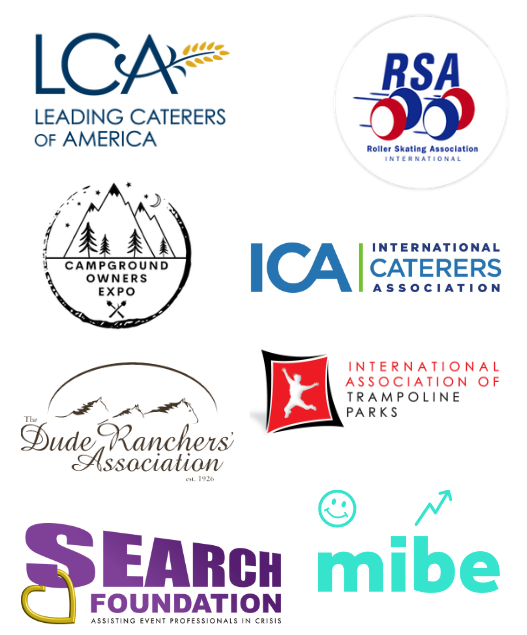Easy Recipe Adjustments That Will Save You Even More Money
/Running a catering business means minding your margins and keeping a watchful eye on your budget. While raising prices can pad your bottom line, you must stay within the upper limit of your market to remain competitive. So, for most caterers, reducing the cost of goods goes much further than hiking up your rates.
Use these strategies in the kitchen to cut expenses and expand your margins in 2024,
Cut down on waste
You wouldn’t throw away a hundred-dollar bill, yet food waste is so prevalent in the catering industry. Tossing out food equates to losing the money you spent on it, so avoid letting ingredients spoil or disposing of unused items.
Here are a few tips for maximizing your purchases and extending shelf life:
Audit your kitchen to ensure refrigerators and freezers are adequately sealed and set at the right temperature (below 40°F for the fridge and 0°F for the freezer).
Adhere to the first in, first out method with your inventory. Use labels as needed.
Be strategic when menu planning by selecting meals with overlapping ingredients.
Find creative ways to use food scraps, like making broth or pickling spare veggies.
Freeze unused ingredients, like cooked rice, tomato paste, ginger, and garlic.
Track consumption patterns from past events and adjust numbers as needed.
Swap out secondary ingredients
There are some foods you never want to sacrifice quality: meat, seafood, and fresh produce. But beyond those starring roles, it’s worth trying cheaper alternatives for items like grains, spices, broths, oils, and vinegar. More often than not, subbing a generic brand for these minor ingredients will not impact the integrity of a dish. Place a small order first and run a kitchen trial before purchasing anything in bulk!
Note: Be careful switching ingredients known to meet dietary restrictions, like gluten-free and dairy-free foods. For instance, coconut aminos may carry a higher price tag than soy sauce, but it’s the safest option when serving someone with a soy allergy. If you’re considering a substitute, look for certified ingredients (e.g., gluten-free, vegan, kosher, halal, etc.).
Get help with negotiation
When you swing by the grocery store to pick up food for dinner, there’s no negotiating the cost of dinosaur kale or red lentils. What you see is what you get. But when placing orders with a large-scale food supplier, there’s more wiggle room for you to secure better deals and save with bulk pricing. Of course, you don’t always need to buy in bulk — but that doesn’t mean you can’t lock in wholesale prices.
Joining a group purchasing organization (GPO) allows you to secure the best pricing without needing to order more than you can handle. By leveraging the collective buying power of thousands of caterers, you can order exactly what you need at the bulk rates you wouldn’t get as a single buyer.
Plus, you don’t have to spend time haggling with the distributor. The GPO negotiates pricing on your behalf while providing you access to a broader range of products. And since membership is free, you’ll see an immediate return on investment right from the first order.
Let’s make 2024 the year of lean catering, where we work smarter and eliminate the unnecessary. Less waste, more profit — the recipe for a successful catering business!
Clint Elkins is the V.P. of Sales forSB Value, a Group Purchasing Organization that helps culinary professionals save an average of 16% on every food order. Membership is 100% free. No hidden fees. No extra work. Just extra profits. See how much you can save on your next food order when you become an SB Value member.Request a quote today.




